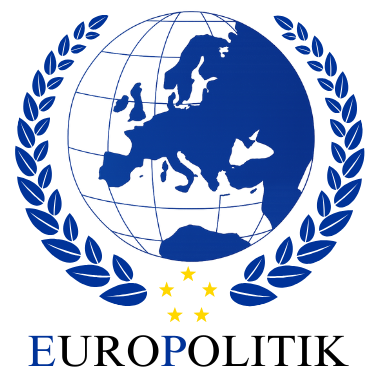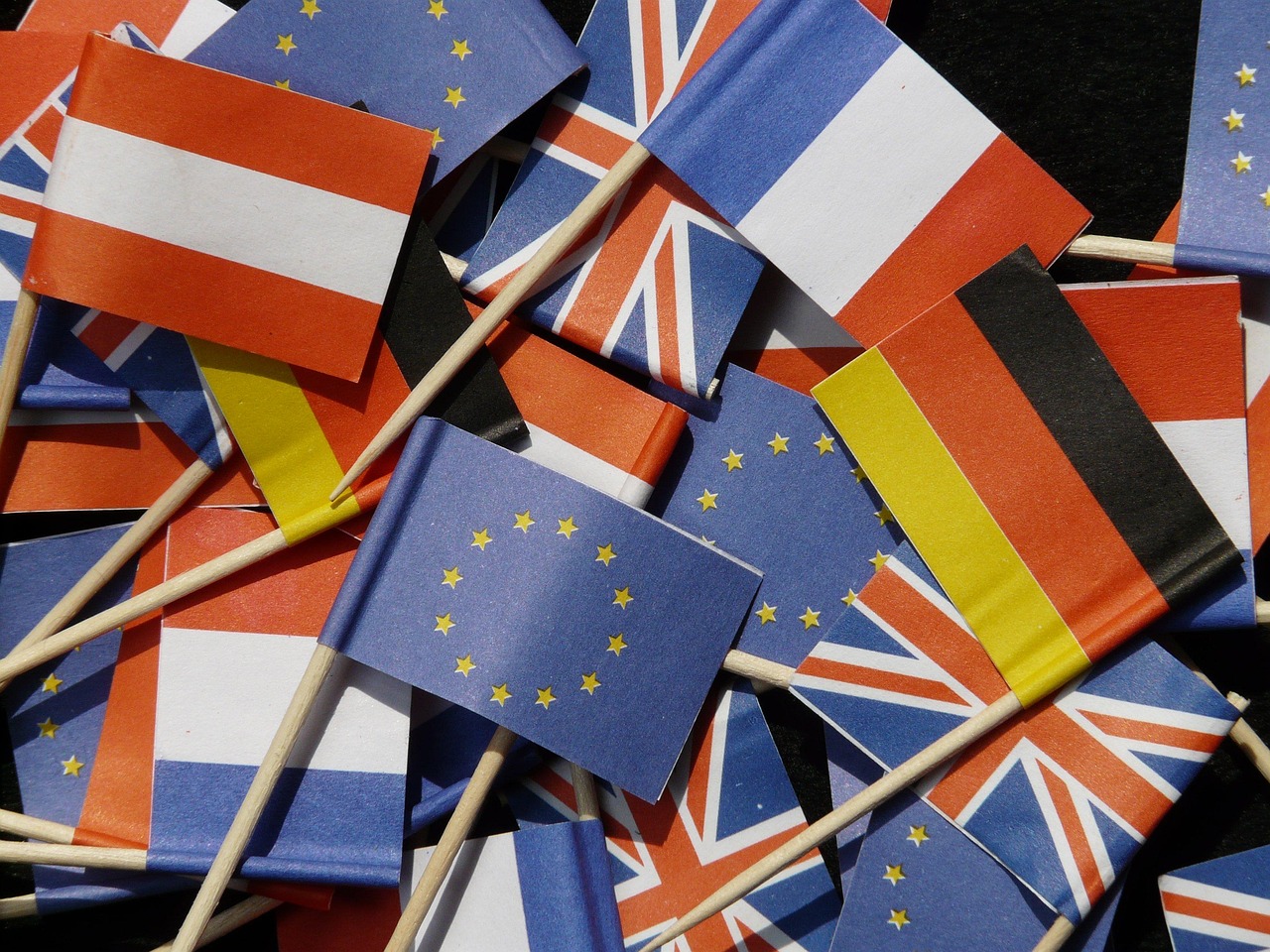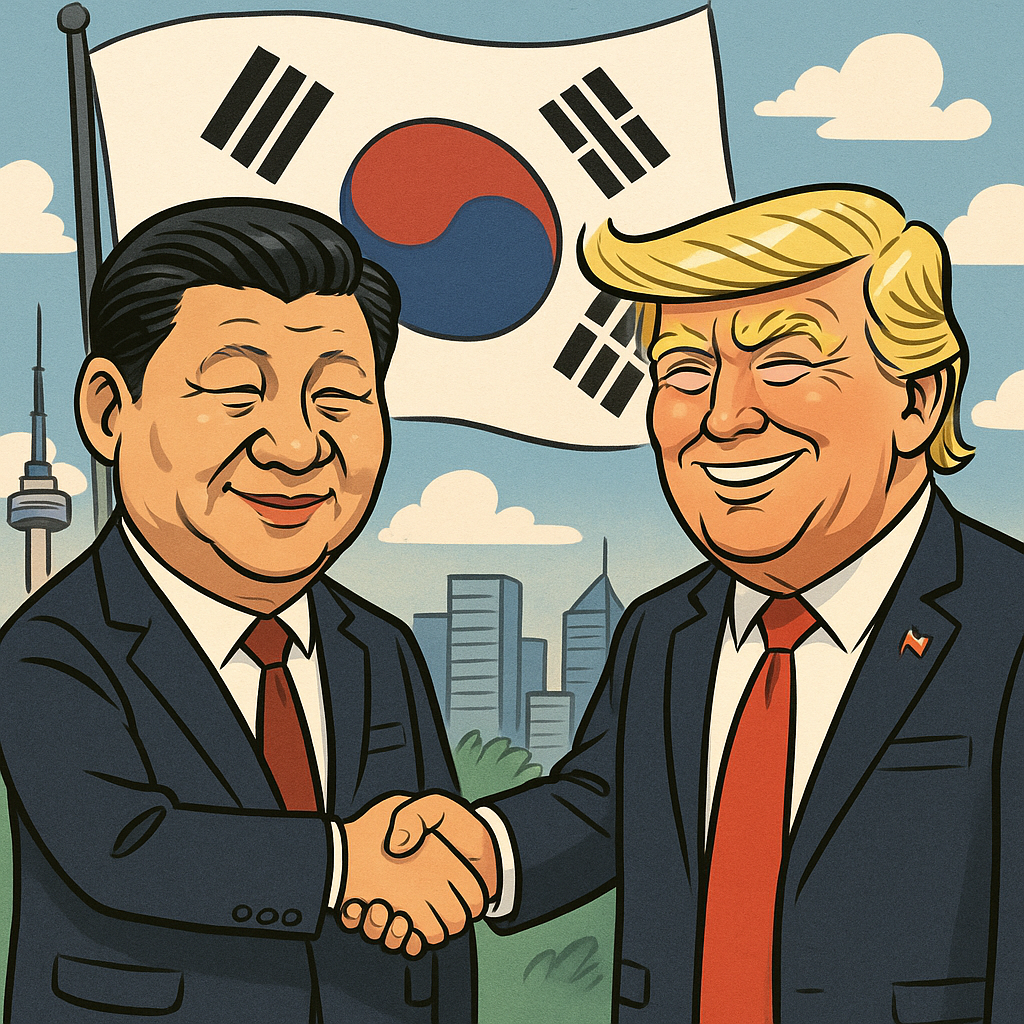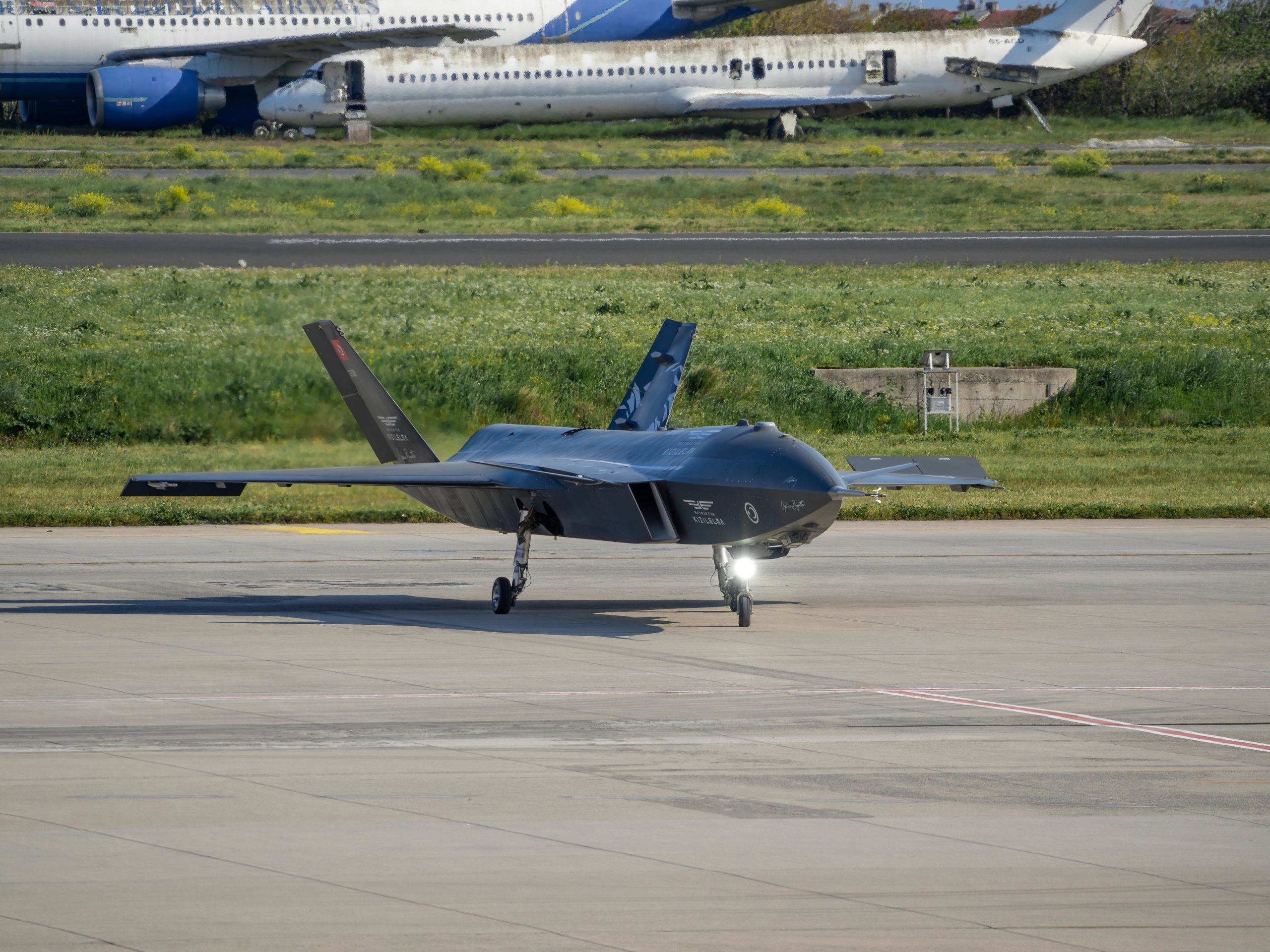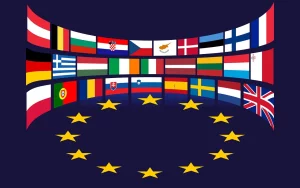As Europe faces geopolitical turbulence and institutional fatigue, two major bilateral relationships are emerging in tension — and perhaps in transition: the historic Franco-German axis, and the revived Franco-British partnership. What future do they hold, and what role will they play in shaping the Europe of tomorrow?
For decades, the Franco-German relationship was seen as the engine of European integration. From the Élysée Treaty in 1963 to Maastricht and beyond, Paris and Berlin formed the cornerstone of Europe’s political and economic architecture. Their ability to compromise — despite differences in strategic culture, economic outlook, and national temperament — made the European Union functional. But in recent years, cracks have begun to appear. Differences over fiscal policy, defense, energy, and EU enlargement have weakened the once-automatic coordination between the two capitals.
The war in Ukraine has exposed some of these divisions. Berlin’s initial hesitation in sending arms, its deep dependence on Russian gas, and its coalition government’s political complexity have raised doubts in Paris. Emmanuel Macron, in contrast, has pursued a more assertive agenda around European “strategic autonomy,” often with only hesitant backing from Germany. The Franco-German engine isn’t broken, but it has clearly lost momentum. It feels reactive, less visionary, and too often divided in times of crisis.
Meanwhile, a paradox is unfolding. As the Franco-German axis drifts, Franco-British relations are quietly warming — despite, or perhaps because of, Brexit. Once defined by deep tensions over European policy, Paris and London are rediscovering shared strategic interests. Brexit initially drove a wedge between the two countries, particularly under Boris Johnson. But in recent years, mutual security concerns have created new opportunities for cooperation.
Military collaboration, defense industry alignment, and NATO coordination have all increased. The Lancaster House Treaties from 2010 provided a framework that today seems more relevant than ever. In 2023 and 2024, Franco-British joint operations, nuclear cooperation, and alignment on key foreign policy issues signaled a shift. Although disputes over migration and trade remain unresolved, both sides are showing a pragmatic willingness to collaborate beyond the EU framework.
What emerges now is a dual vision of Europe. On one side stands the traditional Franco-German axis, rooted in EU institutions, committed to integration, market unity, and legal frameworks. It represents a Europe of regulation, procedure, and consensus-building. On the other stands a leaner, more agile Franco-British partnership, based on military power, global outlook, and ad hoc diplomacy. This vision is less concerned with treaties and more focused on results.
These are not necessarily contradictory models — but they do compete. Each offers a different answer to the question: how should Europe project power, defend its interests, and define itself in the post-Brexit, post-American, and increasingly fragmented world? The strategic stakes are high. For the EU, a weakened Franco-German axis could stall enlargement, fiscal reform, and defense integration. Without alignment between Paris and Berlin, the momentum for EU-wide transformation may fade. Conversely, the Franco-British partnership, while promising, remains informal and fragile. Its success depends on political will in London and Paris — and could be undone by domestic shifts in either capital.
In terms of security, Franco-British cooperation may prove more effective in the short term. Both countries have nuclear capabilities, permanent seats on the UN Security Council, and active global military presences. They are well-positioned to respond to threats in Eastern Europe, the Middle East, and Africa. As NATO faces internal doubts under Donald Trump’s second term, this bilateral defense axis may fill a growing gap. Looking ahead, the existence of two leadership poles could either divide Europe or strengthen it — depending on how coordination is managed. If France plays a bridging role between institutional Europe and strategic Europe, this apparent duality may become a source of flexibility and strength.
The future of the Franco-German axis and the rise of a Franco-British partnership should not be viewed in zero-sum terms. They reflect Europe’s internal diversity — and its struggle to adapt to new geopolitical realities. Europe may no longer be able to rely on a single engine. Instead, it must learn to operate with multiple power centers, each bringing different strengths to the table. In a world defined by uncertainty, Europe’s success may hinge not on unity of structure, but on the ability to manage pluralism — to build functional alliances across differing visions, and to project coherence in an increasingly multipolar world. That is the true challenge of European leadership in the 21st century.
